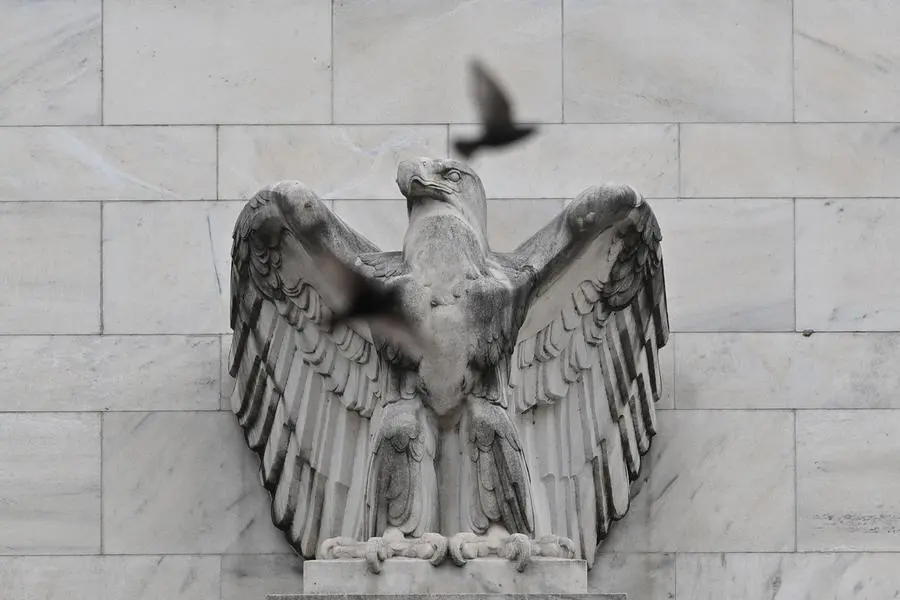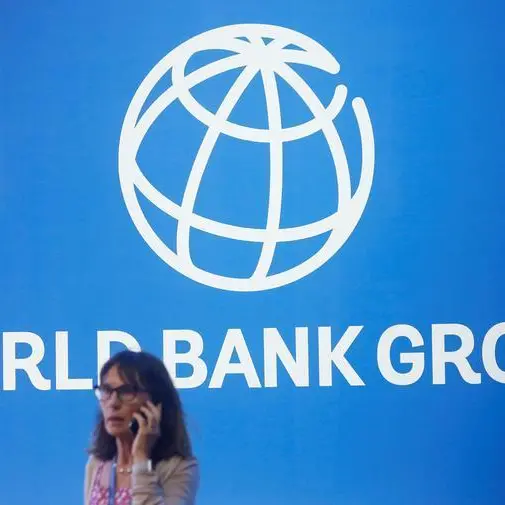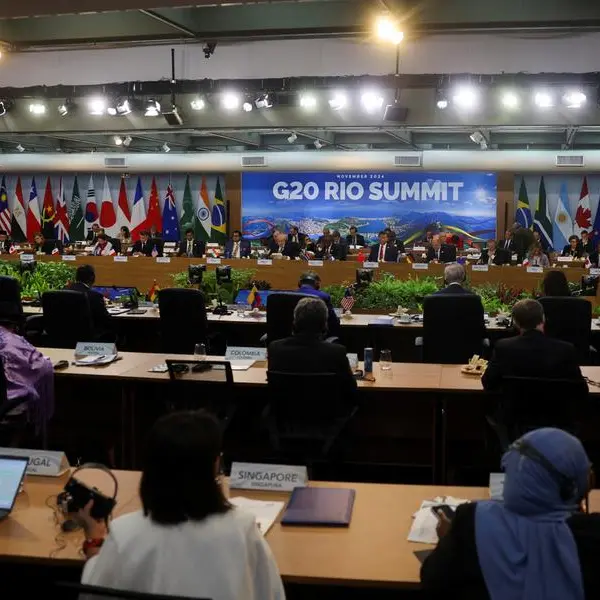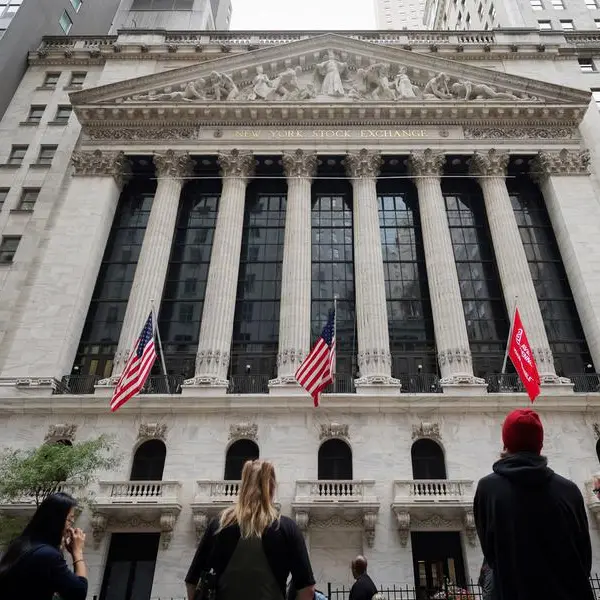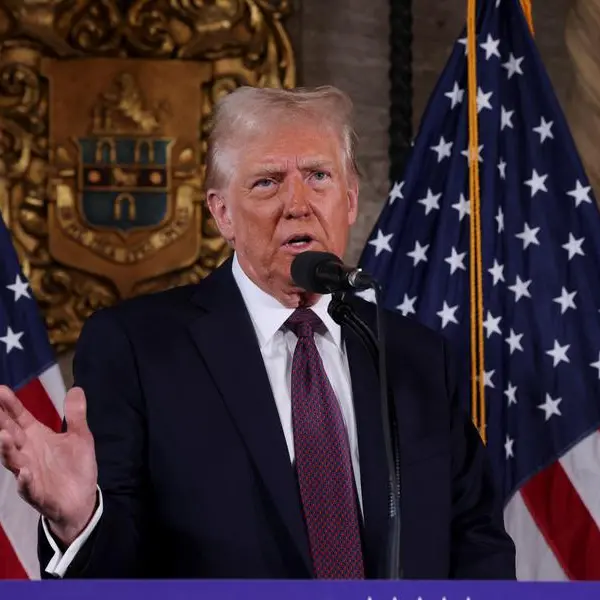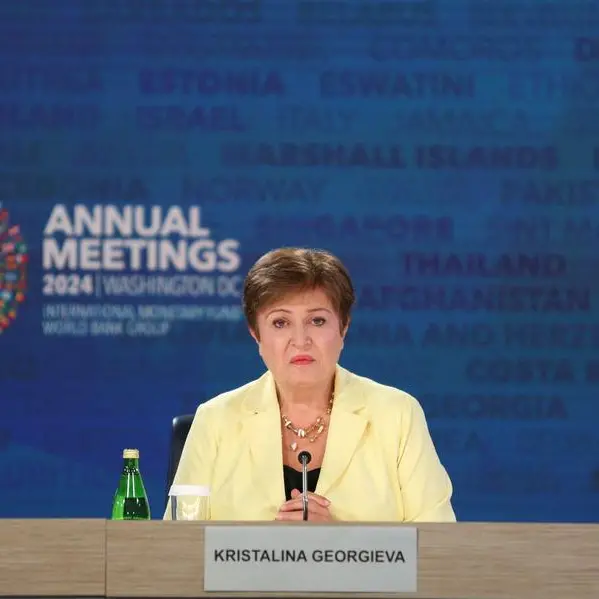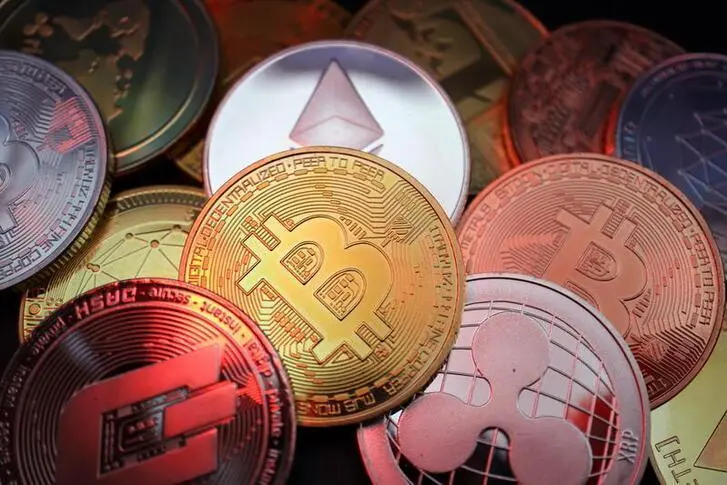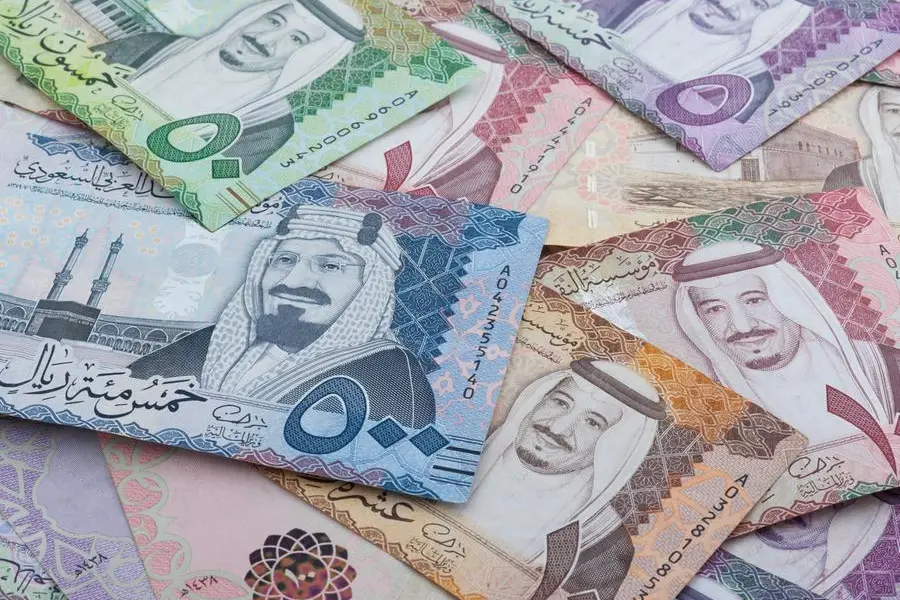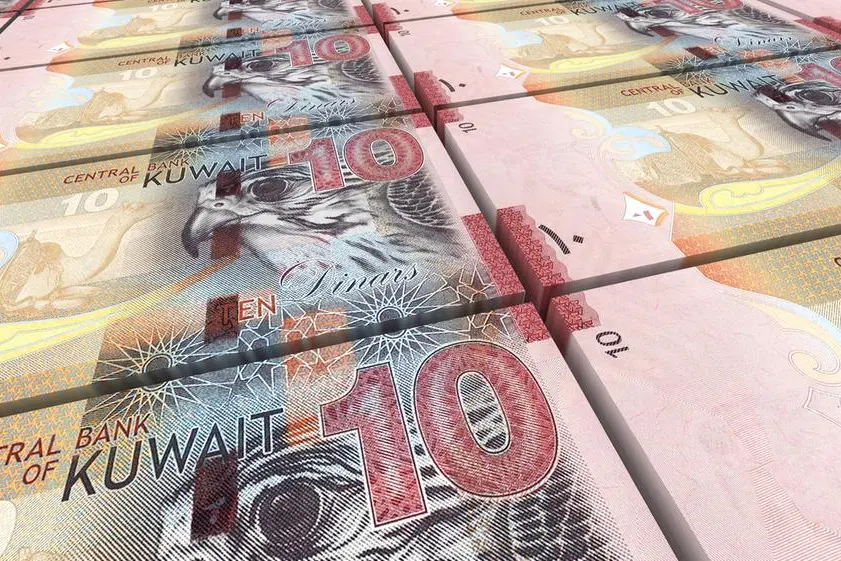PHOTO
The US Federal Reserve is widely expected to leave key interest rates unchanged on Wednesday despite muted hopes from businesses that the monetary policy authority might begin unwinding them from a 22-year-high as the economy sees a rebound and inflation slows.
While the Federal Open Market Committee (FOMC) had signalled a dovish shift in its December meeting, most traders see them standing pat at the current 5.25% to 5.5% in January, with expectations rising for a cut in March.
During the 2022-2023 cycle, the Fed increased rates 11 times to slow inflation but has held rates steady at 5.25%-5.50% since July.
The focus on Wednesday will be on the Fed's assessment of the US economy and the potential policy changes signalled during the post-meeting press conference.
With the robust performance of the US economy in Q4 we would expect the Fed to notionally at least push back against expectations of imminent rate cuts, Dubai lender Emirates NBD said in a note. "Prior to the Fed’s blackout period regional presidents had been dampening down market aspirations for rates to be cut as early as March."
According to the CME FedWatch tool, as of Wednesday morning, bankers and traders see a 97.9% chance of the Fed holding the rate while there is a 2% chance of a 25 basis points (bps) cut. For the March meeting, the markets see a 52.4% chance the target rate is held at current levels and 46.6% chance of the rate being trimmed by 25bps.
Jamie Dutta, Global Market Analyst, at Vantage Markets, said the money markets had priced in an aggressive cycle of rate cuts through this year based on the December's meeting which signalled a dovish shift in the Fed's forecasts.
"But economic data has been solid with both activity and labour market figures beating expectations. The flip side is the central bank’s favoured inflation measure which has now been running around the Fed’s 2% target for two straight quarters. The US consumer is also expected to come under pressure as uncertainty and a weakening employment picture eventually come into play, with policy currently highly restrictive," he said in a recent note.
"A rate cut in March is now more or less a coin toss, having been nailed on only a few weeks ago. The dollar has appreciated over two percent this year as those expectations of policy easing have been reined in," Dutta added.
In the GCC, where most currencies are pegged to the dollar and therefore align to America's monetary policy, central banks are likely to mirror the Fed's move on interest rates.
(Reporting by Brinda Darasha; editing by Seban Scaria)
